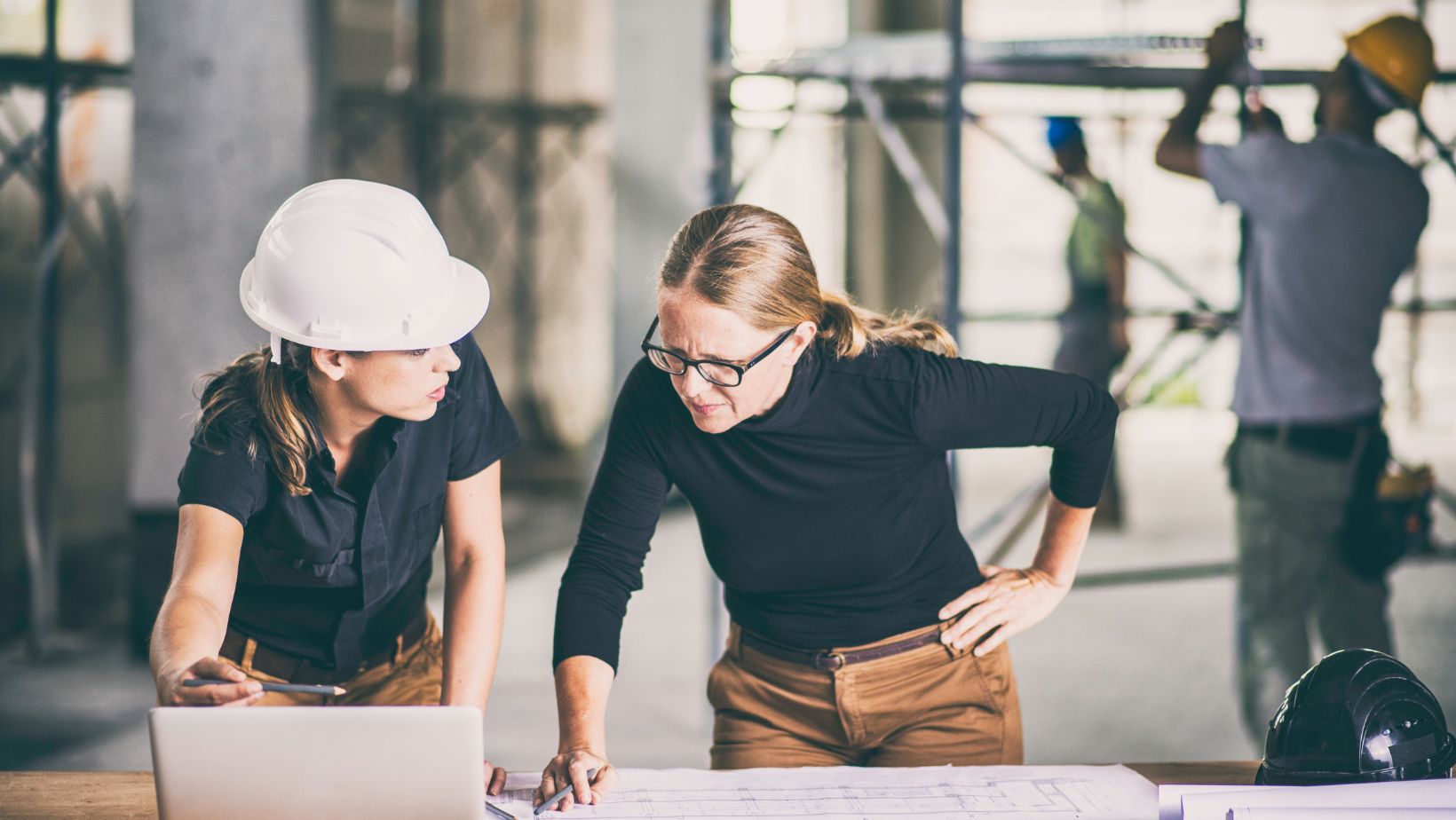
Margarete Schütte-Lihotzky is famous for her Frankfurt Kitchen. She was the first female Austrian architect to work from the 1920s to the 1990s. Lihotzky, a female architect, faced political upheavals. Despite this, she greatly impacted her work in her home country and on two other continents. Using the Slotsgem login opens up new adventures. Her experience and strong will in hard times show her lasting impact.
Lihotzky was born in 1897 in Vienna to a middle-class family. Margarete Schütte-Lihotzky grew up in a liberal home. Her father, Erwin, was a civil servant. Also, her mother knew the artist Gustav Klimt, which influenced her early life. She became the first female architecture student at the Vienna School of Arts and Crafts in 1915.
In her architecture training, Lihotzky learned from Oskar Strnad. He was a key supporter of modern living. His designs focused on highly functional social housing. Lihotzky saw the hard lives of the working class. Inspired by Strnad’s suggestions, she made it her goal to design housing that served the needs of the masses. Upon graduation, she kept to her goal and took up her first architecture job at the Vienna Housing Office.
Designing the Iconic Frankfurt Kitchen: Functionality, Efficiency, and Innovation
In 1926, Lihotzky departed Austria for Germany. She joined Ernst May in the ‘New Frankfurt’ initiative. In this period, Lihotzky designed the famous Frankfurt Kitchen. It showed the strong functionality she learned in school. The small, work-only kitchen was separate from the main living area. Yet, it had a clear view of the living room through the hall or door. This

design helped mothers keep an eye on their children while cooking.
The design process for this simple space had a lot of attention to detail. Lihotzky examined the actions that occur while cooking in a kitchen. She noted how design could make these movements more efficient. She also listed key design factors. These include lighting and ventilation, how people move into the apartment, and building costs. Lihotzky did thorough research on these factors. Then, she chose the best layout and size for what became the Frankfurt Kitchen.
Margarete Schütte-Lihotzky: Innovating Social Change Through Architecture
In “Why I Became an Architect,” Lihotzky shared her view that housewives would soon become working women. This idea inspired the Frankfurt Kitchen’s design. This change meant there was a need to make housework more efficient. She designed the kitchen to help streamline domestic tasks. Lihotzky saw the Frankfurt Kitchen as a key element in the new apartment designs. She thought it could lead to new ideas about housing and how people live.
The success of the Frankfurt Kitchen is shown in its 10,000 units built for public housing in Frankfurt. Lihotzky was not only a kitchen designer. She also worked with other architects on schools, kindergartens, and significant housing projects in the Soviet Union. She regarded her best work as a daycare facility.
Lihotzky aimed to create social and political change from her days as an architecture student. She focused on improving the living conditions of the masses. She always thought about this service to the public. This remained true even when she moved from her home country to work in Germany and beyond. Before returning to Austria in 1947, Lihotzky worked in many places. She traveled to Britain, France, Bulgaria, Turkey, China, Japan, and Cuba. In each country, she served as an architectural consultant. She played a key role in various social and public projects.
Conclusion
Margarete Schütte-Lihotzky was an active feminist. She used her architecture and politics to support the movement. In the 1970s, some feminists took issue with the famous Frankfurt Kitchen. They felt the small, closed design limited women to domestic work. It also supported traditional gender roles. Lihotzky faced challenges at first but became well-known in the 1970s. In 1980, she won the City of Vienna’s Architecture Award. Early on, many of her works were ignored. But by the 1990s, exhibitions and critiques celebrated her essential contributions. Today, she is known as Austria’s first female architect. She broke gender stereotypes with her innovative work.

